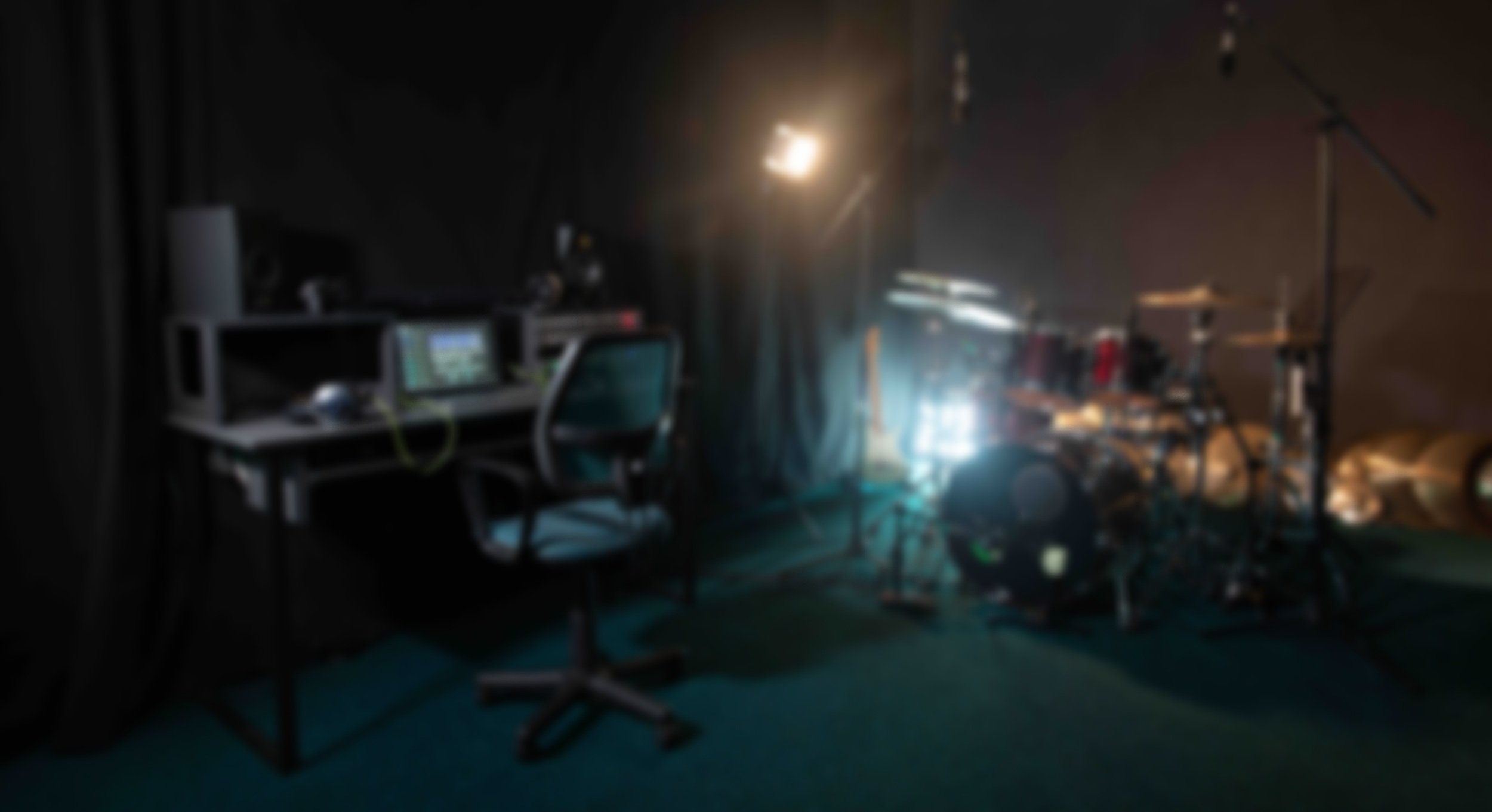
Lessons. News. Reviews.
This guitar has had a cult following for ages, and over the last few years, I’ve found myself browsing Reverb and thinking about buying one of the original Hello Kitty guitars. But they were always so expensive for what they were. Now that Fender has re-released them in 2024, I finally pulled the trigger.
Here are some ideas that most beginners don't even consider when they are starting out learning the guitar. These ideas aren't obvious but can have a massive difference in how you progress as a guitar player. So, they are worth talking about!
A lot of guitarists set objectives around achieving specific things: learning a certain song, mastering a scale, or nailing a technique. These kinds of goals can be useful in situations when there’s a deadline. But, most guitar players aren’t working under this kind of time pressure. So, if we’re not going to set goals around deadlines, how can we set achievable goals for our guitar practice?
Good guitar technique doesn't mean you have to follow rigid rules to avoid "bad" technique. Instead, good guitar technique is guided by principles that, once understood, can help you develop your best playing style. Recently, I've been defining technique as: The most effective and efficient way for your body to move when playing the guitar.
Your preferences are what make you unique as a guitar player. But, if you're not careful, those preferences can turn into prisons, locking you into habits and limiting your growth. In this lesson, we'll learn how to tell if your preferences are actually prisons and what you can do to fix that.
You’ve missed a few days of guitar practice. Maybe it’s been a week? A month? Longer? Life got busy—work piled up, you went on holiday, or maybe you were dealing with an injury. Whatever the reason, you’re feeling guilty about not practicing as much as you think you should have. I want to share some ideas to help you reframe this problem and feel better about your progress—even during those times when life gets in the way.
In the past, I thought beginners should start on an acoustic guitar to build strong hands. But that’s not the case. You’ll develop strength and dexterity no matter what guitar you choose. Acoustic guitars often have heavier strings, which some say makes them “harder to play.” Electric guitars have lighter strings, but pressing too hard can push notes out of tune. Both have their quirks, and neither is objectively easier—it’s all about your personal goals and preferences.
I want to introduce you to a concept I like to call the practice continuum. This idea explores how a guitarist’s approach to their practice affects their progress. Whether you play for fun or want to get as good as possible as quickly as possible, understanding where you fall on the practice continuum will help you maximize both your enjoyment and your rate of progress on the guitar.
In this lesson, you’re going to learn why it’s best to start learning these 9 chords in this order. I'll show you some useful memory hooks that will make it easy to remember the new chord shapes and some songs you’ll be able to start playing immediately with these chords. You'll also discover the game-changing concept most beginner guitar players don’t even know exists.
I think there is often a stigma around using TABs when you could learn something by ear. It’s true; there is a huge benefit to developing your ear. But, I don’t think it’s always the best use of our practice time. As it turns out, there’s actually a lot you can learn from looking at TABs (especially when you’re starting out).
Learning the fretboard is easy and can be done in as little as 30-seconds per day. To do this, call out a random note from the diagram below and THEN play it. A lot of students end up calling out a note and playing it at the same time when they try this exercise. Don’t do this. Call out the note and THEN begin moving your hand to play it. Resist the temptation to do both at the same time.
You don’t need to know the notes on the fretboard to enjoy playing the guitar. But no one who actually knows them fluently is going to suggest you shouldn’t bother learning them if you’re interested. The level of freedom you’ll get from knowing the notes on the fretboard will make everything you do on the guitar so much easier.
The most important concept to understand when you’re learning music is the idea of context. This doesn’t just apply if you are learning how to play the guitar - this is more fundamental than that. Context is the only thing that matters.
There are 12 possible notes we can play on the guitar. Every one of those notes can suggest a different sound or feeling depending on the context.
Every strumming pattern you will ever play is going to fit inside one of four frameworks. This means that if we know what it feels like to play each individual slice of these frameworks, then we inherently have the muscle memory to play every strumming pattern we will ever want to play.
Key points to keep in mind when playing the caterpillar exercise:
1. Use one finger per fret
2. Keep your index and pinky fingers both angled inwards
3. Keep your thumb halfway down the neck behind your middle finger
4. Keep your palm horizontal
5. Keep the knuckles at the base of your fingers forward
If we recognise chord progressions based on their numbers, we are able to substitute those numbers with the appropriate chords from different keys as required. This means that we could play a chord progression we learned in the key of A in the key of G instead. The chords we use will be completely different, but the chord progression will have the same shape.
Here’s how beginner guitarists should practice changing chords in order to get better at the guitar.
1 - Hold a chord shape tightly with good technique. 2 - Relax your grip while leaving your fingers on the strings. 3 - Grip the chord tightly again. 4 - Repeat this process moving your fingers further and further away from the strings each time.
Over the years I’ve been teaching guitar, one thing I’ve seen consistently is students trying to practice something that’s too difficult for them simply because they think they should be able to do it. Who’s saying you should be able to do it? There’s no shame in simplifying something. The goal is for you to become a better player. You should simplify something to the extent that it will help
When you’re learning the guitar, it’s important to remember that your objectives change as you begin to practice different things. If you’re judging your performance based on what success looks like in one area, when it requires a different metric of success, you can easily get discouraged. Even if you’re actually making excellent progress!
If you don't understand what's happening from a musical point of view, then you have to come up with some kind of hack to explain to yourself why what you're doing works. You can either learn it properly and have an extensive understanding which will allow you to use the knowledge in any situation. Or, you can come up with your own explanation that is only applicable to one specific example.
When we’re trying to develop muscle memory or apply a new concept on the guitar, the objective is familiarity. If you aren’t able to practice for an extended period of time, try and fit in a few moments of practice throughout the day. Five minutes here, 10 minutes there, and maybe you’re only able to squeeze in 60 seconds. All of it is good. All of it will help you build familiarity.
Rhythm is one of the most important skills you can develop as a guitar player. When you strum, make sure you are moving from your elbow. The wrist shouldn’t move at all. Rather, the wrist is there to cushion the impact of hitting the strings in order to provide a smoother motion. Just like suspension on a car.
How to hold a guitar pick: 1 - Imagine holding the pick like a key and putting it in a lock. 2 - The point of the pick should be at right angles to the direction of your thumb. 3 - Try and maintain a straight line from your elbow through your wrist to the point of your thumb. 4 - Make a fist, put it on the strings and relax it slightly.
A common misconception students have when they start learning guitar is that in order to get better they have to spend more time physically playing the instrument. Ironically, when you’re starting out, your progress is more significantly affected by the time you don’t spend playing the guitar.
There are three things we need to get right to play a good-sounding chord. If we do each of these things correctly, our chord will sound fantastic. If it doesn’t, we’re doing one of the three things wrong. To get great-sounding chords, make sure you: Push hard, use the tips of your fingers, and demonstrate good fretting position.
I think every guitarist who’s honest with themselves will admit that they don’t always enjoy practising the guitar. Even though I love playing the instrument, guitar practice can sometimes be a little tedious.
If you’re having trouble finding the motivation to practice, that’s okay. It’s not an uncommon experience. And, it’s definitely not a sign that you’re not cut out to be a guitar player!
A chord is a collection of three or more different notes played simultaneously. When we play a G major chord on the guitar, we are not playing a G major chord because of the particular shape we’re making with our fingers, but because the shape we are making with our fingers allows us to play the three notes (G B D) that, when combined together, make up a G major chord.
It can be a pretty intimidating idea to think that we have to remember seven different seven-note arpeggio shapes just to be able to play all the chords in the key.
Thankfully, there is a simple trick we can use that only requires us to know the single octave shape for four seventh-type arpeggios.
That’s a lot less intimidating.
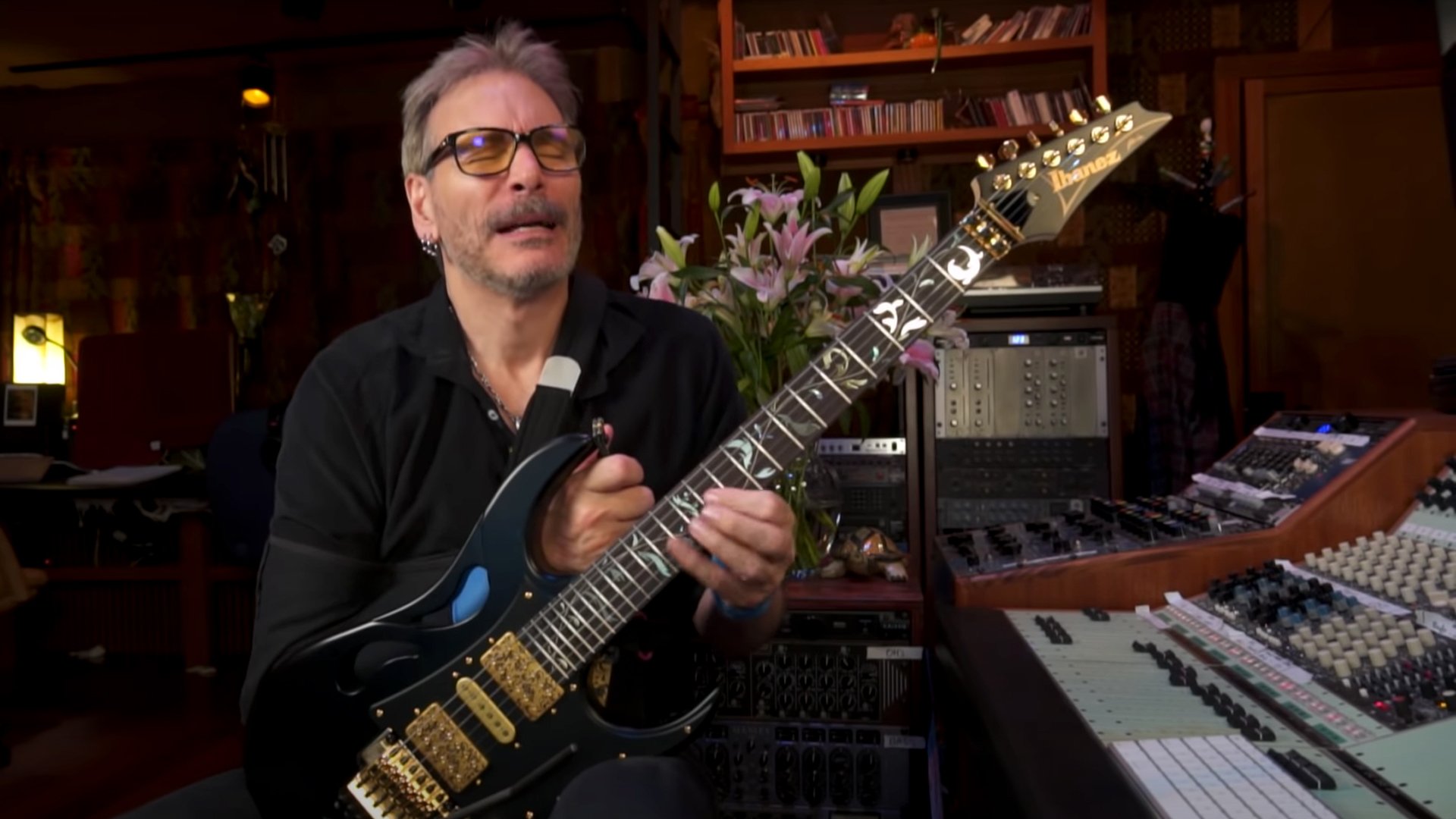
Steve Vai plays the guitar with one hand and gives life-changing advice every guitarist needs to hear
Steve Vai is arguably one of the greatest guitarists of all time. After having surgery that left him unable to use his right hand to play the guitar, Steve has released an episode of Alien Guitar Secrets in order to share some life-changing advice with guitar players.

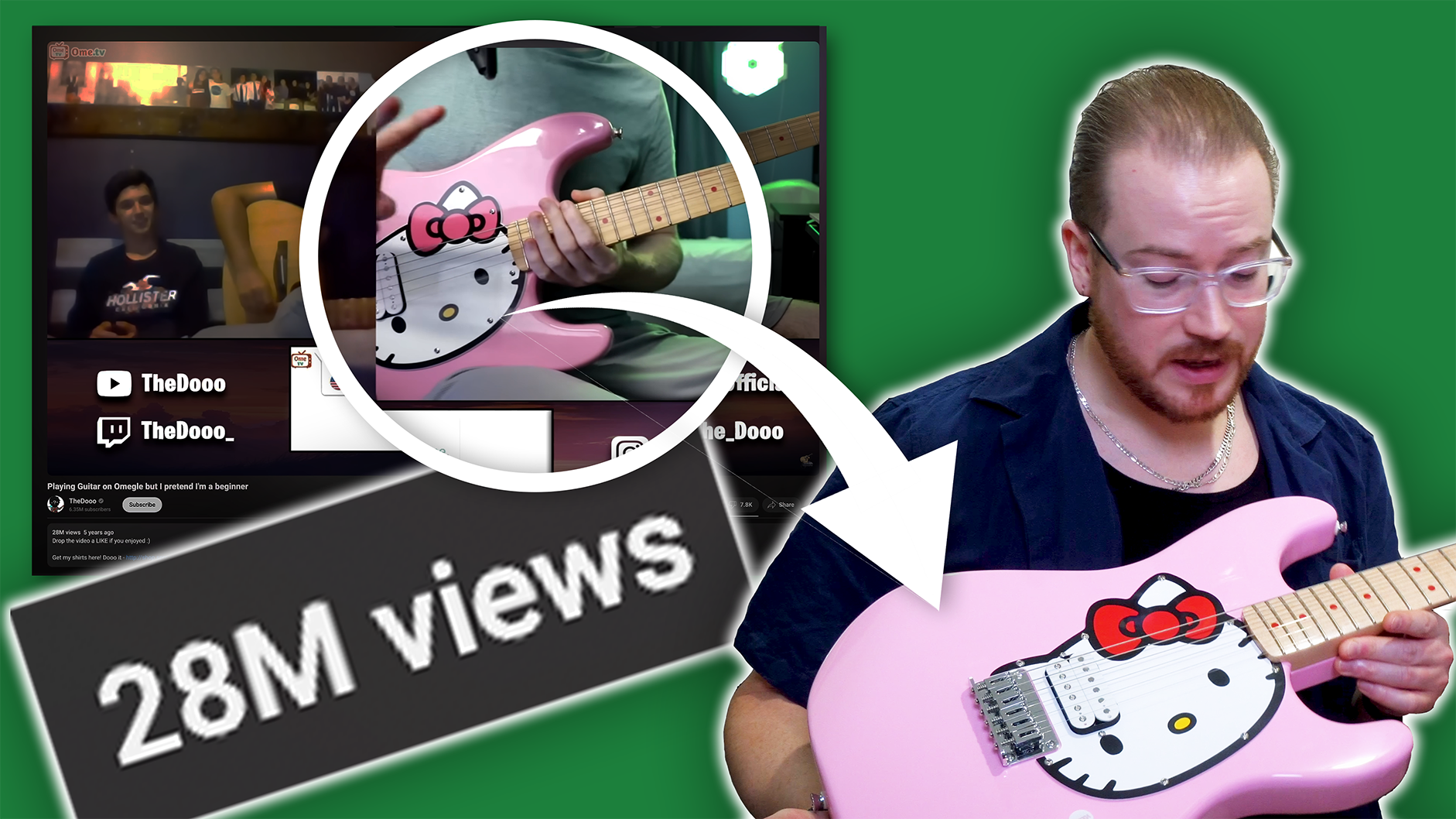

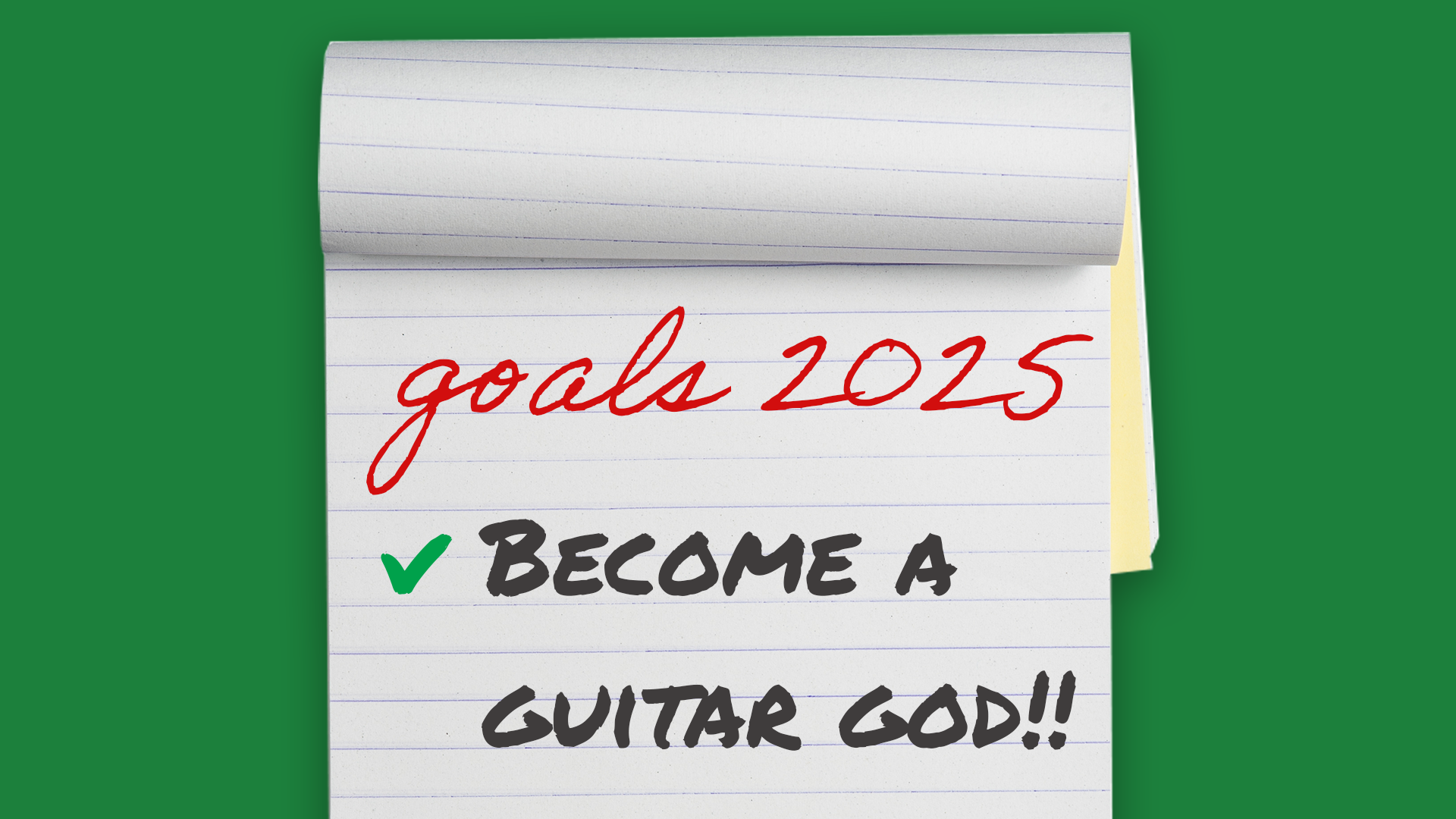

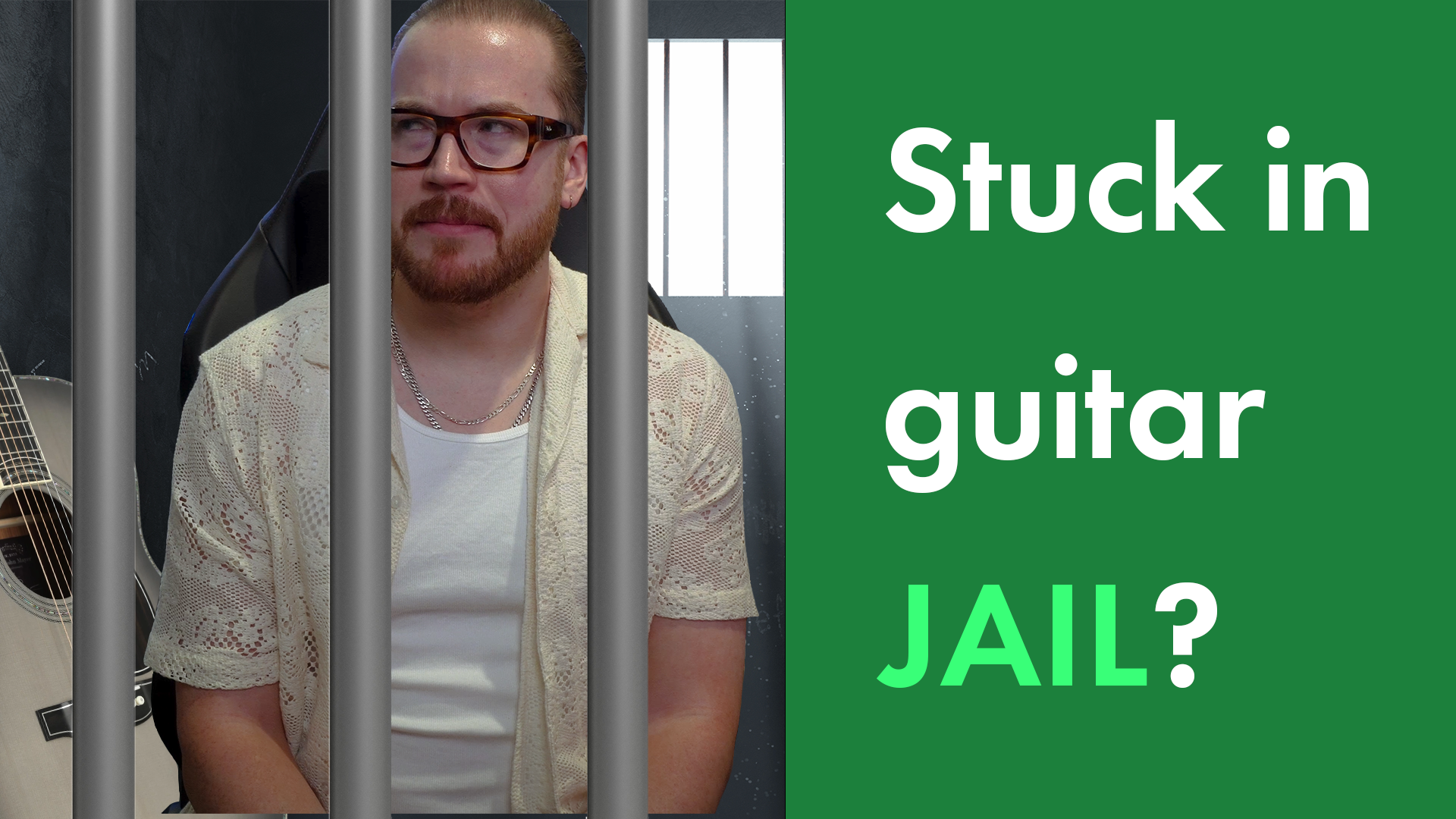
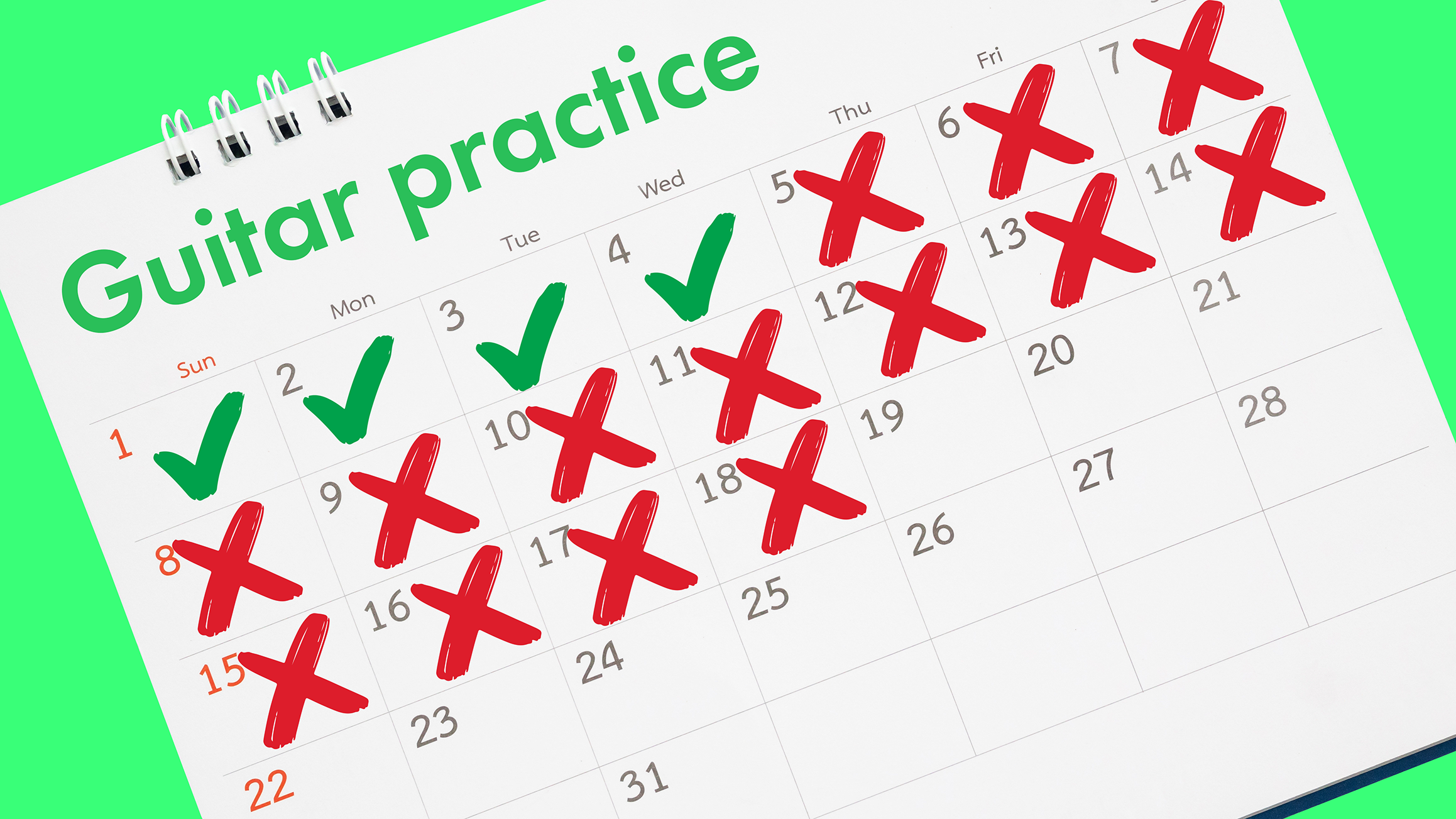
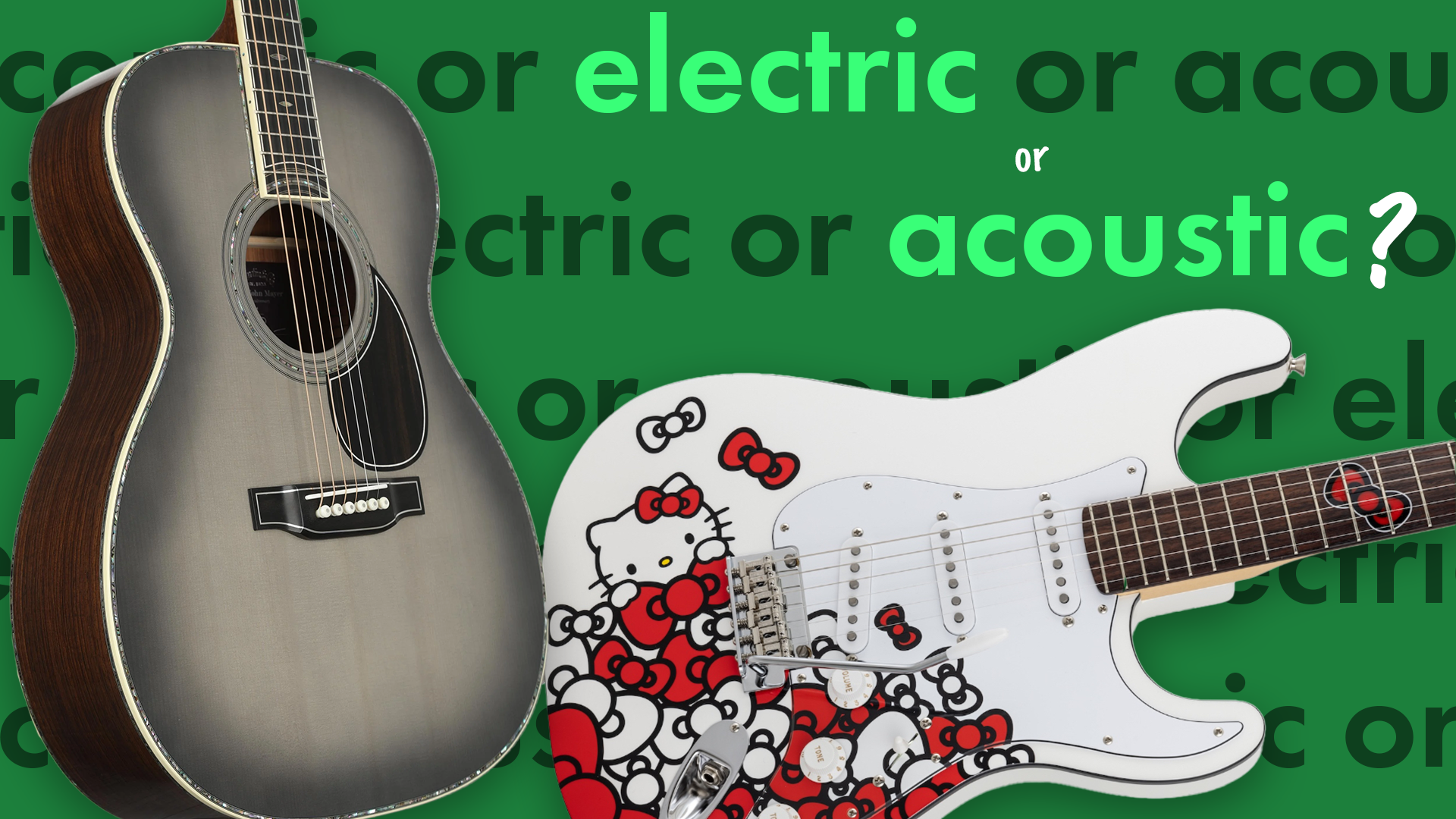
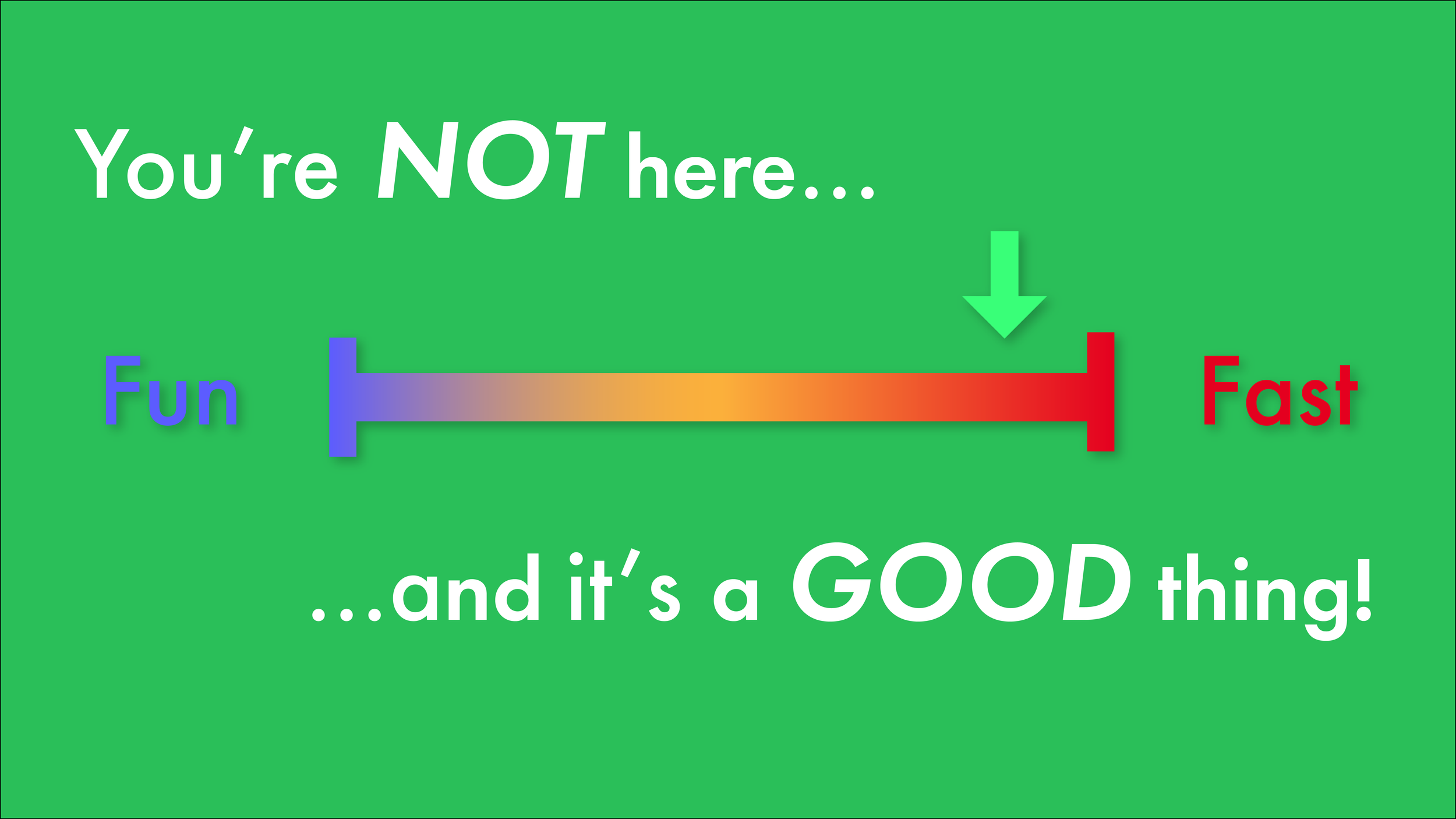

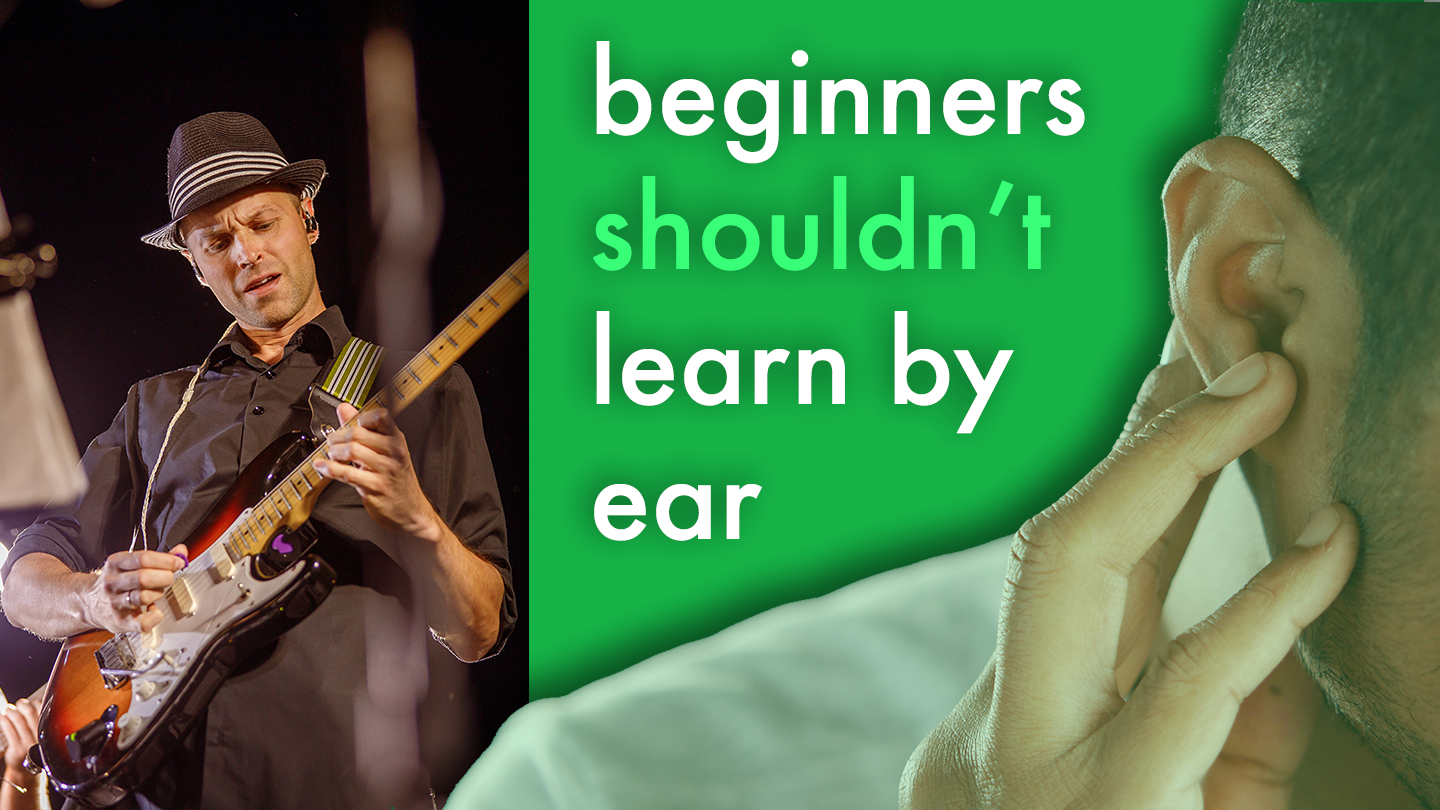
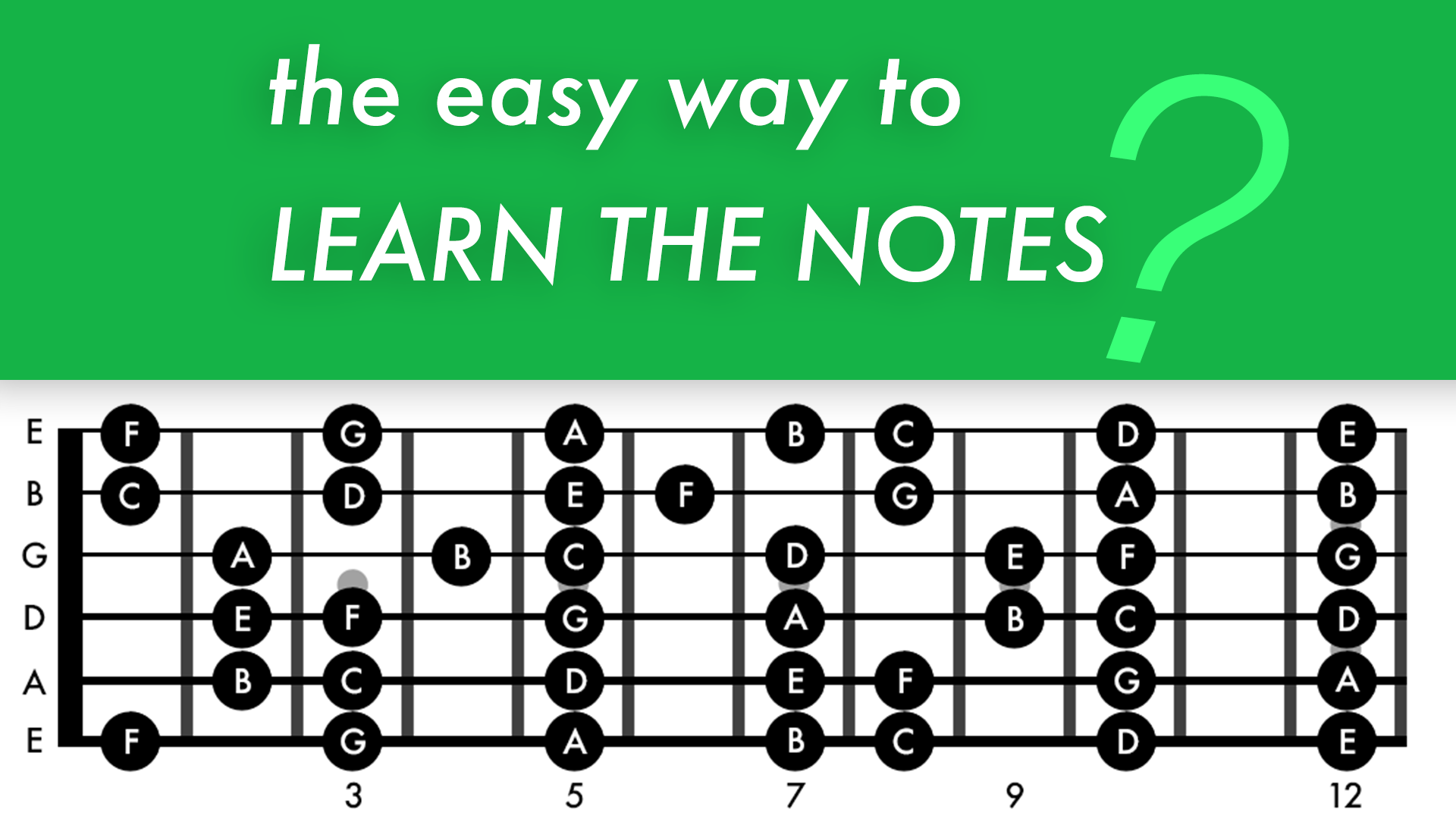


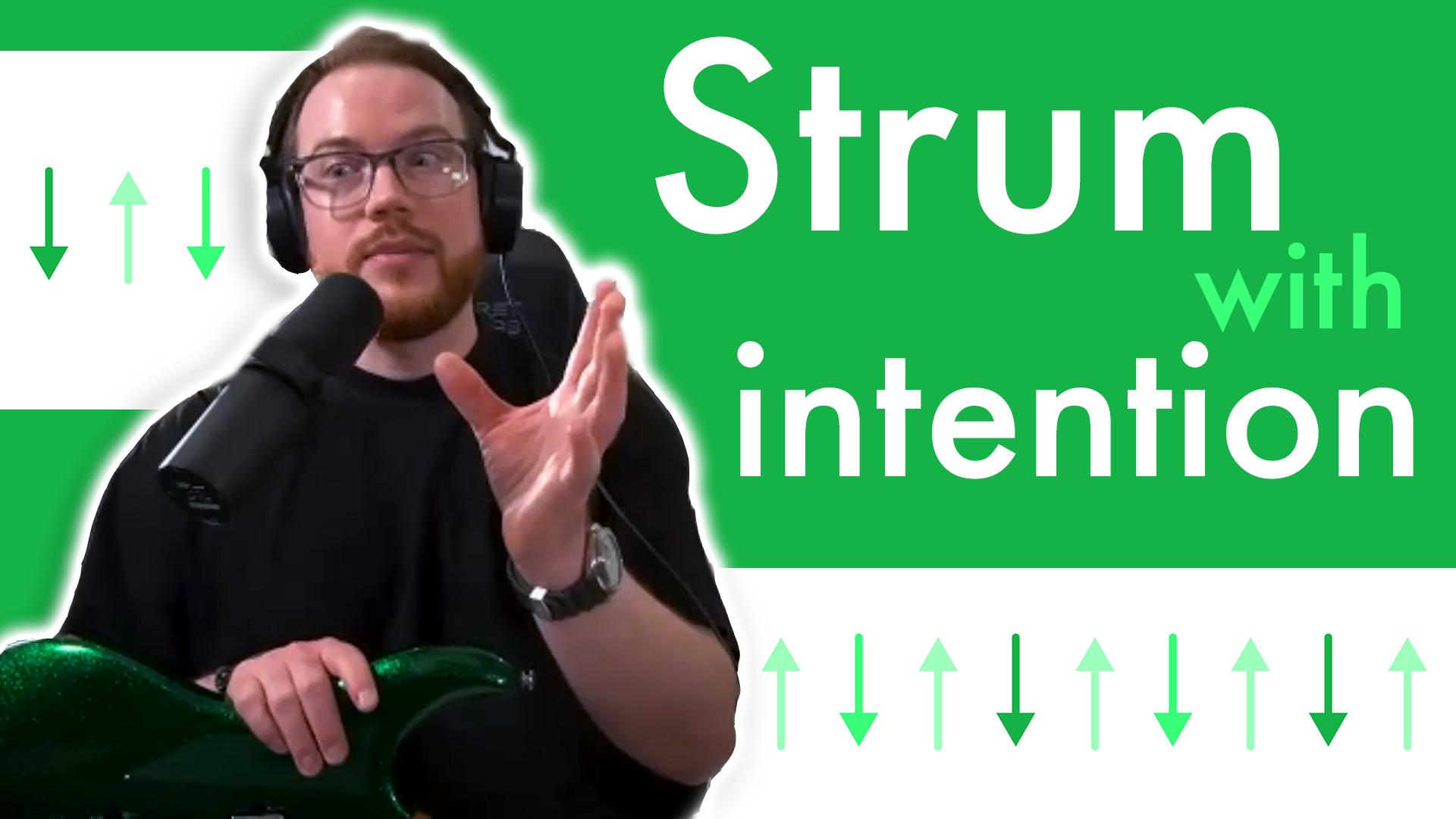
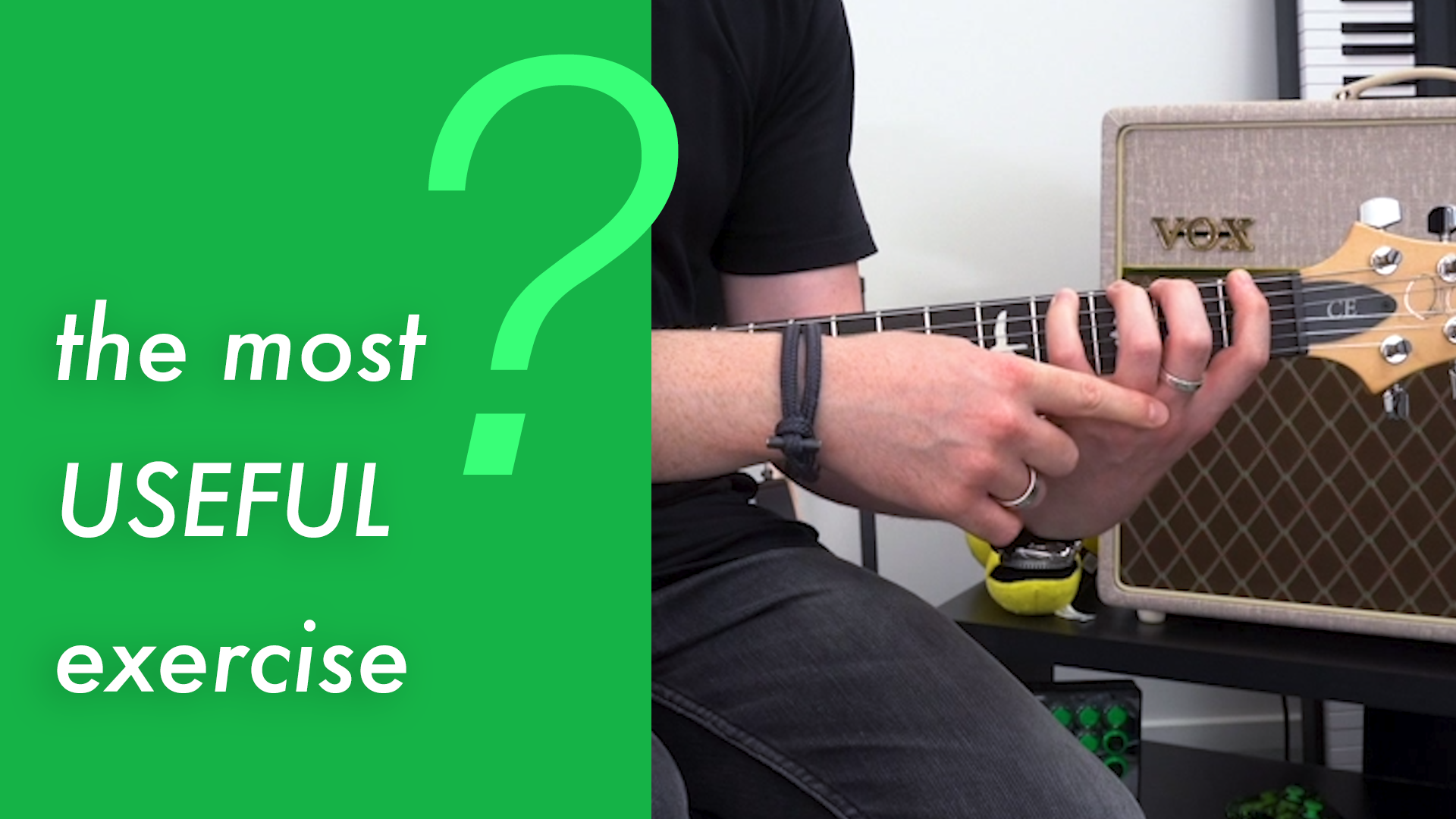
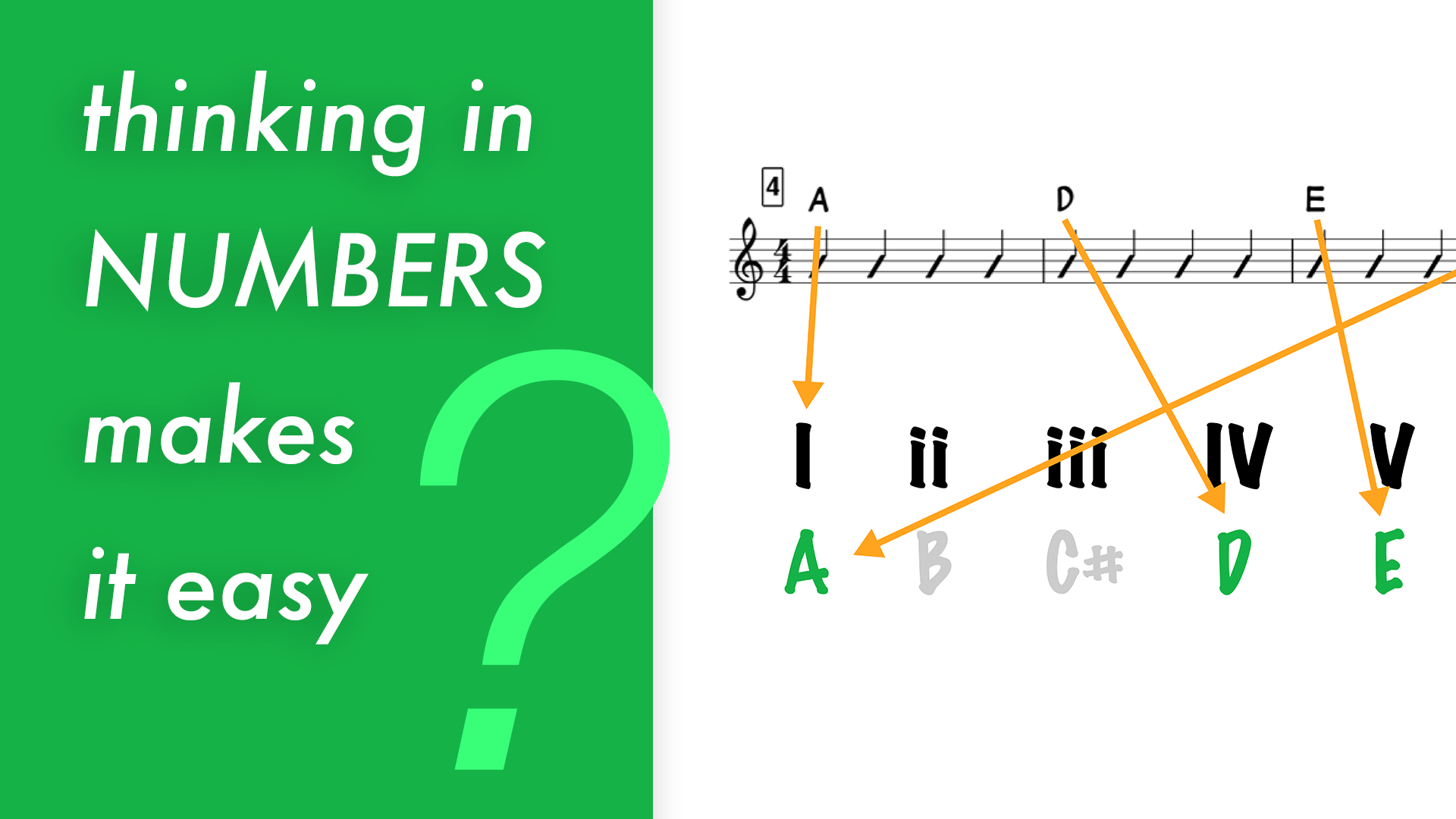
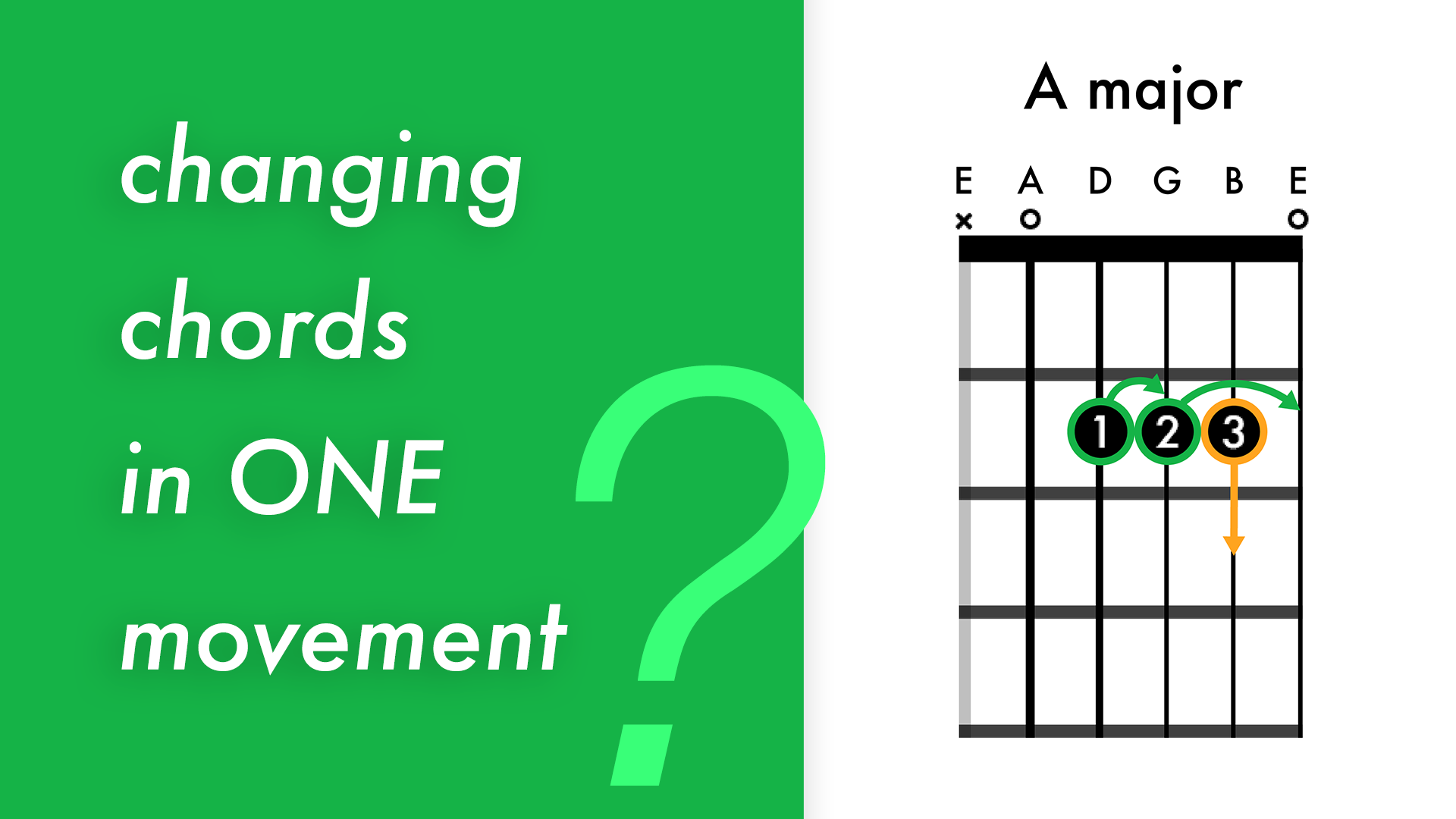
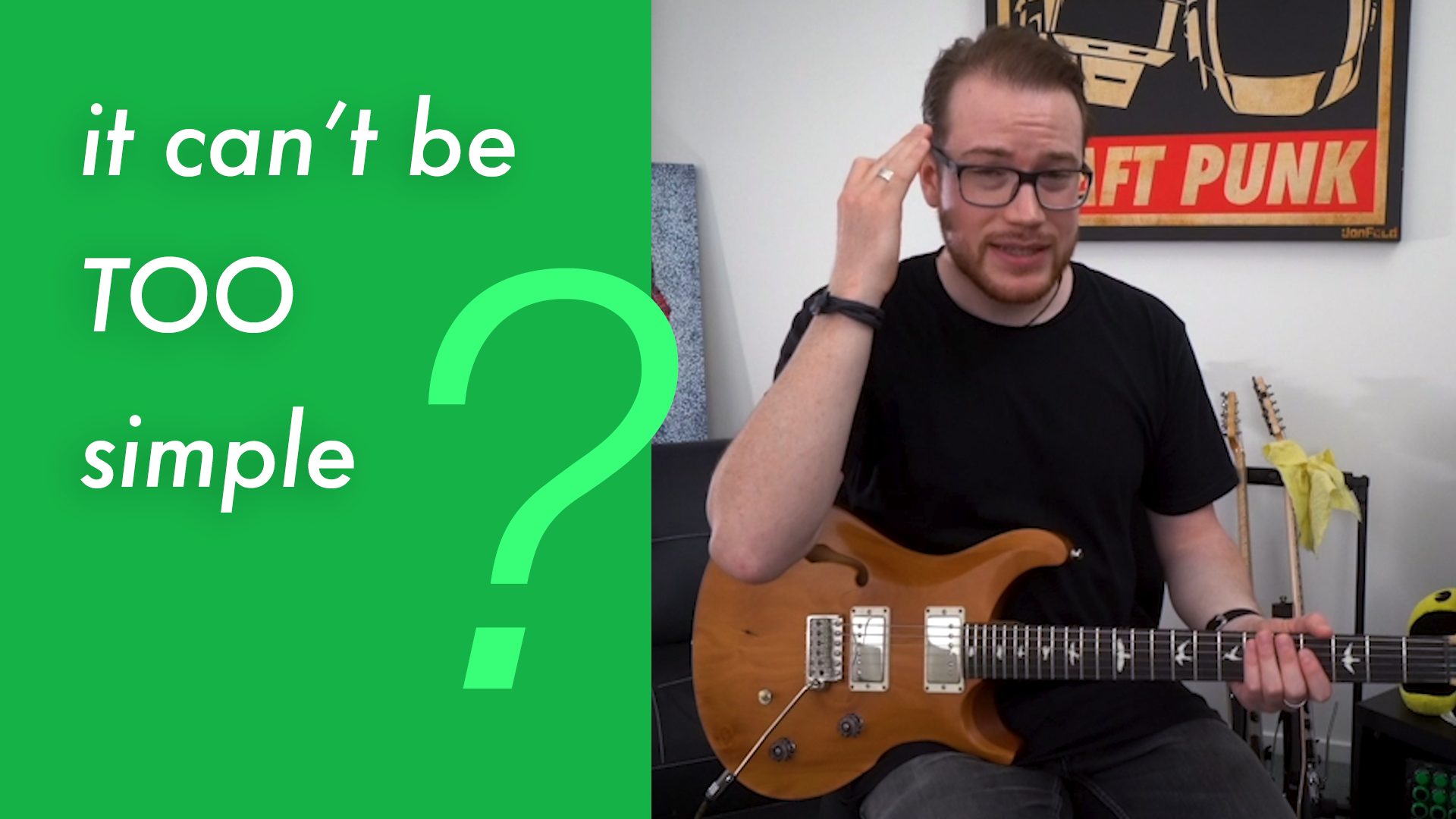
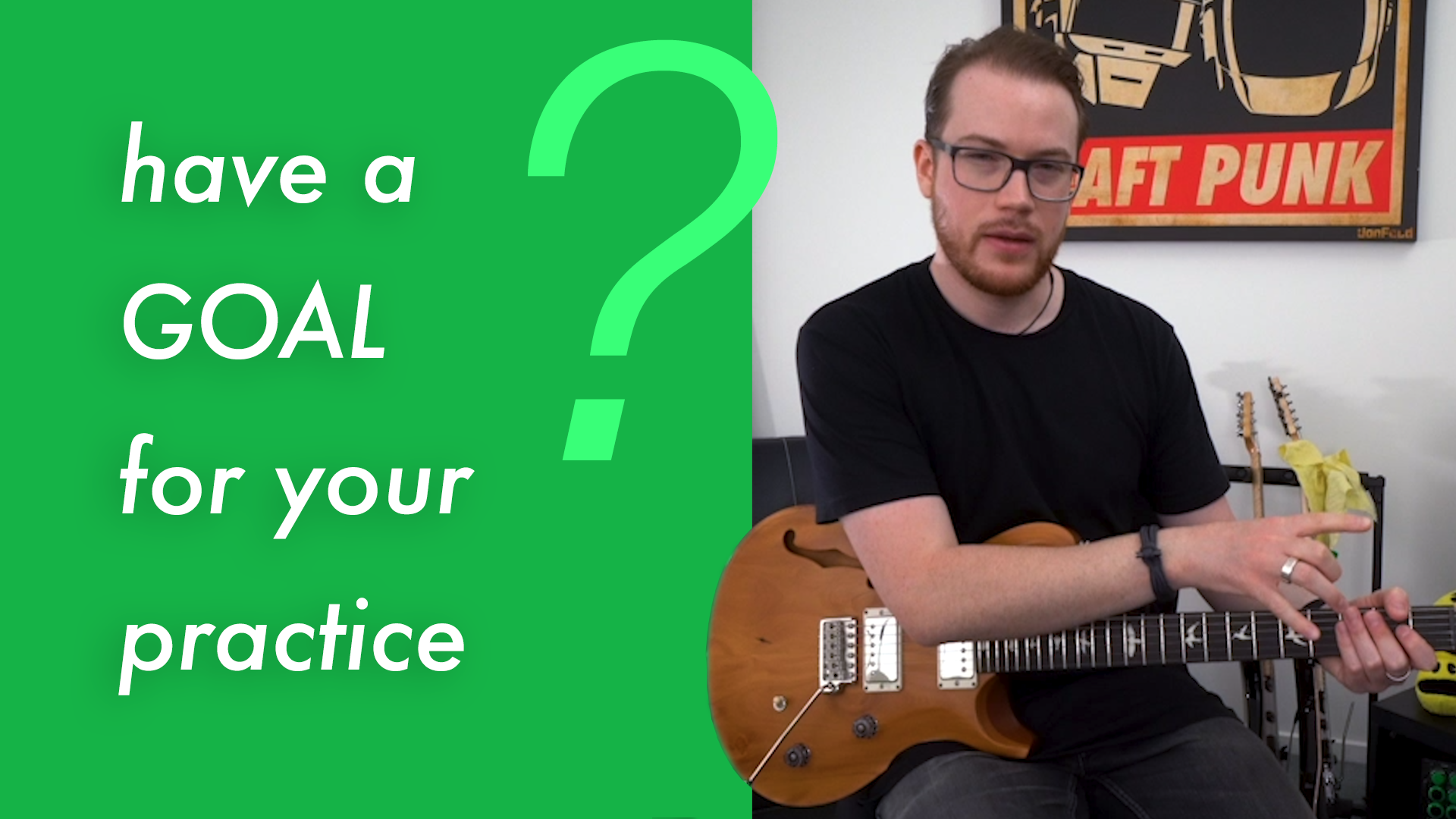
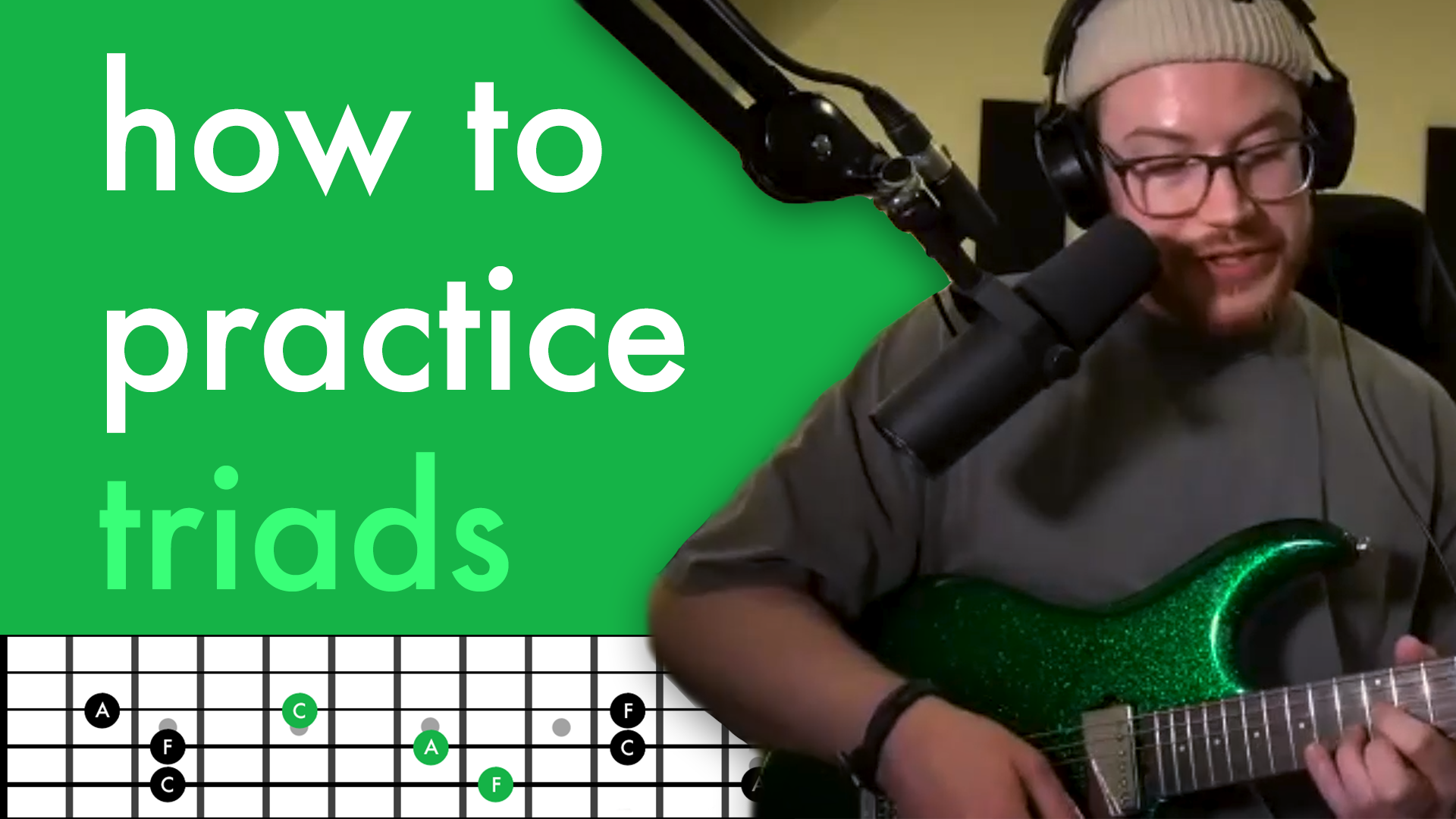

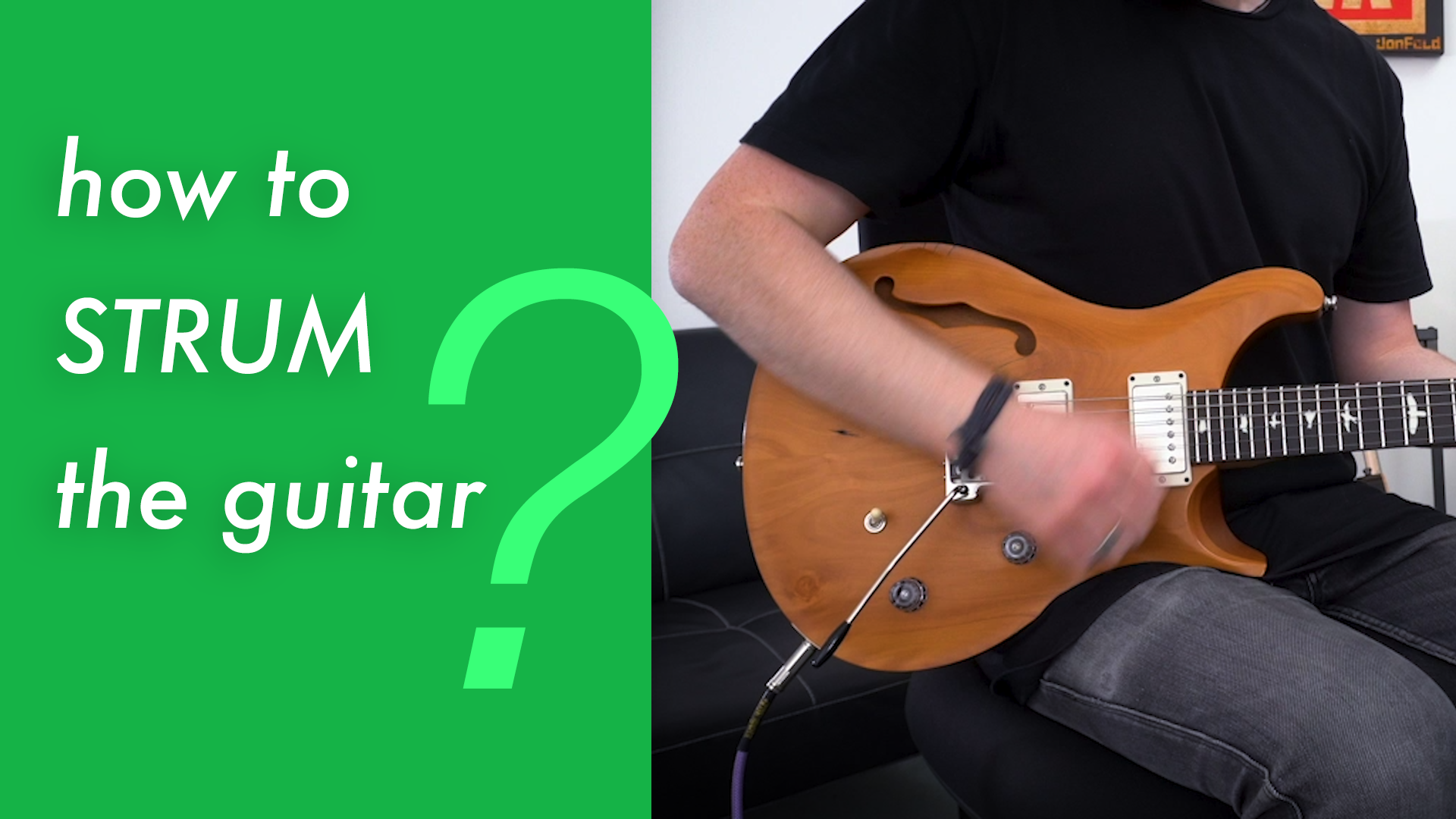
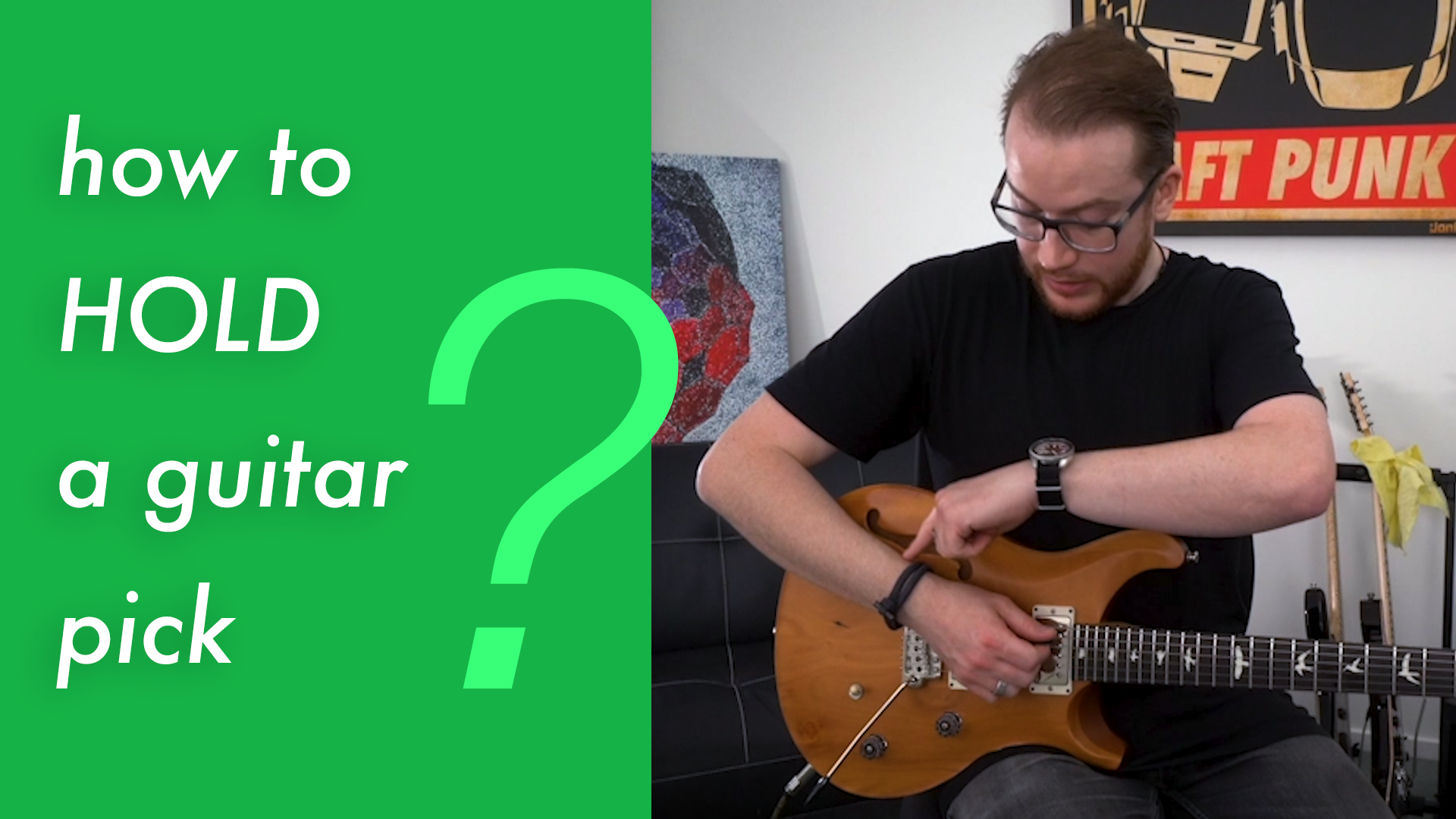



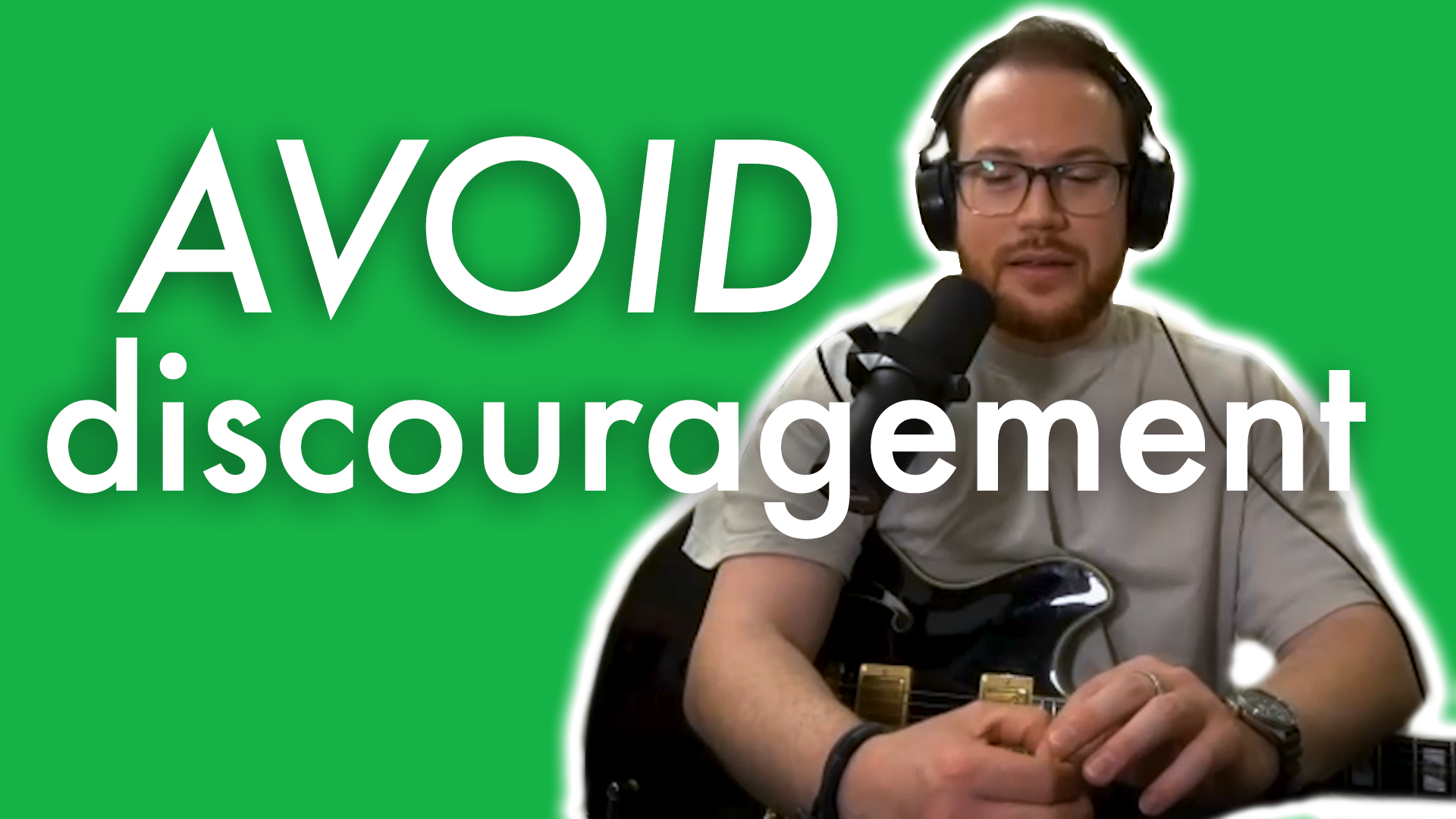

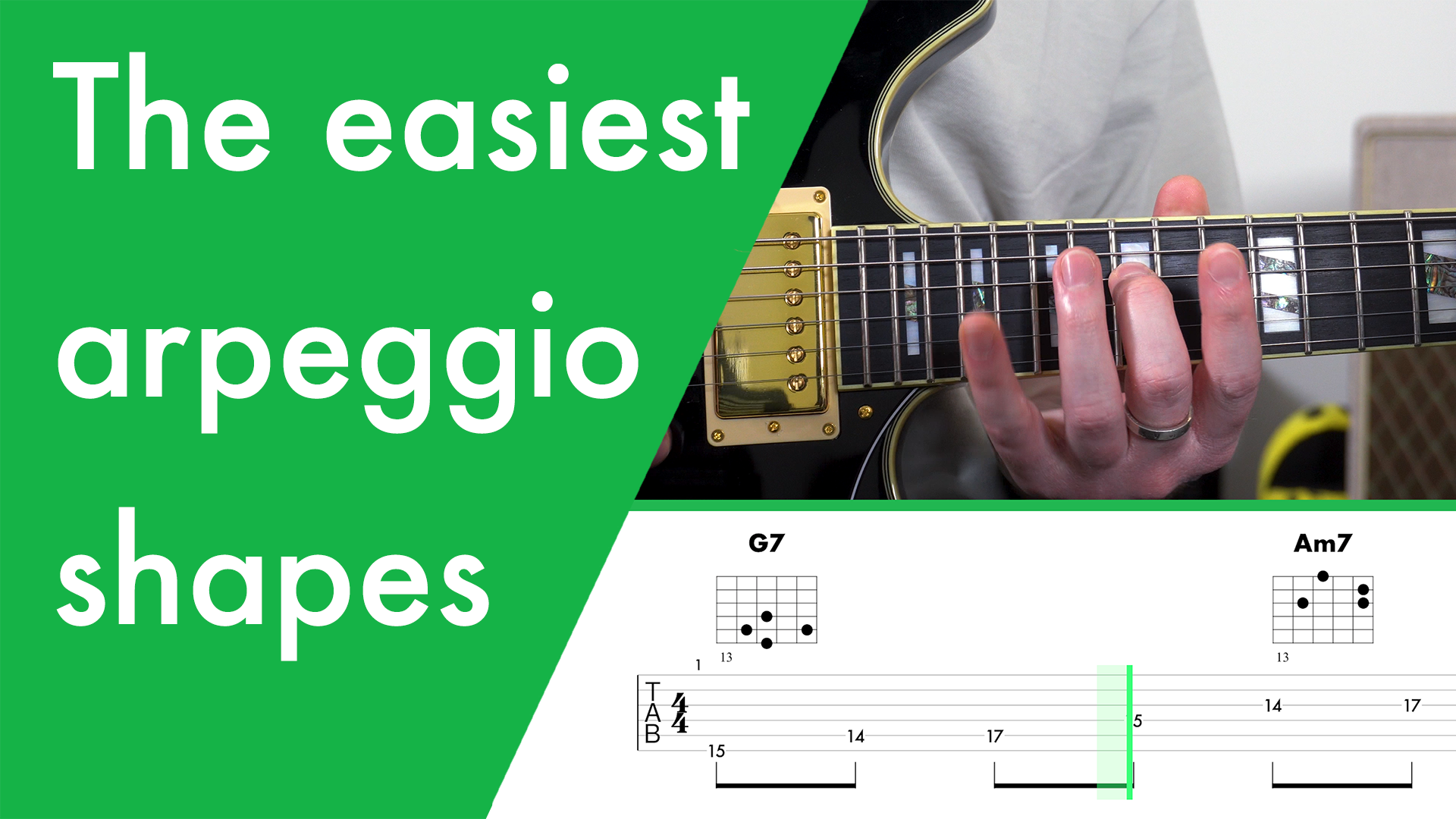
A guitarist who has learned all the notes on the fretboard: Can more effectively learn scales and chords; Has a better understanding of keys, intervals, and scale degrees; Is able to more easily memorise songs; Has a greater capacity to understand music theory; Is more effectively able to develop their aural skills; Gets ‘lost’ far less frequently when they are improvising on the guitar.